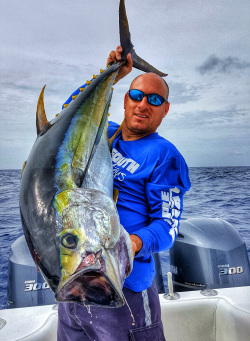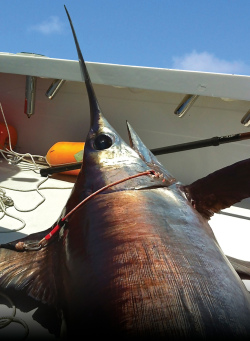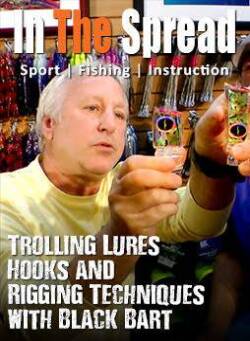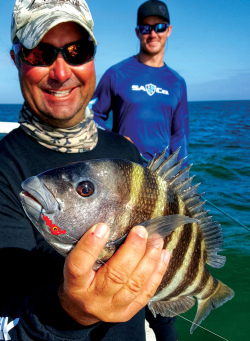Homosassa, Florida's coastal waters are home to one of the best snook fisheries in the state. Large fish are caught in mangrove keys, and Capt. William Toney teaches fishing techniques, soft DOA jerk baits, and habitats. The fishery's diverse habitat and fresh water springs sustain the fish, allowing anglers to develop various skills and presentation techniques.
Snook - Fishing Florida Coastal Flats
(00:48:18)
Watch Full Video
View Short Trailer
Instructor:
William Toney
Description
/
Review
/
Instructor
Video Summary:
- Key locations include brackish water, flats, keys, and mangrove shorelines
- Capt. William Toney shares insights on artificial lures, identifying target areas, tidal conditions, and working soft plastics
- Larger snook prefer areas around outside keys and mangroves
- Capt. Toney provides advice on boat positioning and drift setup for optimal fishing
The snook fishing around Homosassa, Florida continues to improve year after year, making it a top destination for anglers looking to target this elusive game fish. If you're looking to target snook with artificial lures, there's no one better to learn from than Capt. William Toney.
Login
to leave a review.
User Reviews
There are no reviews yet.Captain William Toney
Captain William Toney, a Florida native, is a fourth-generation fishing guide known for his expertise in Redfish, Sea Trout, Mangrove Snapper, Snook and other fish species. He is a licensed and insured guide, a Homosassa Guide's Association member, and hosts 'In The Spread', an online fishing instruction platform. Toney's expertise in redfish, tides, and bait presentation is unparalleled, and he shares his knowledge on seasonal fish migration patterns and tidal flows. His dedication to passing on his knowledge to younger generations is invaluable.
Read moreVideos
We Recommend
0




